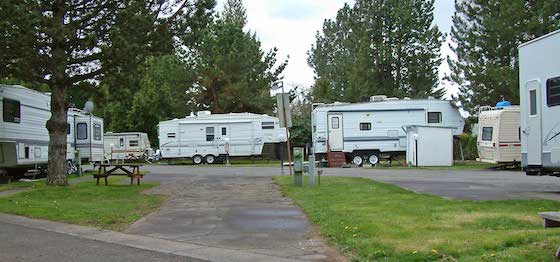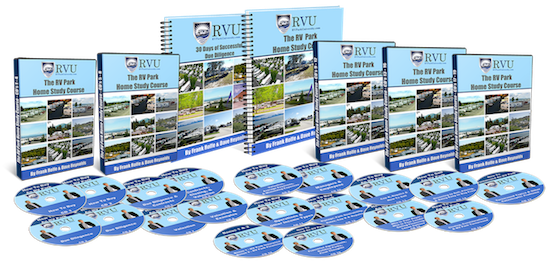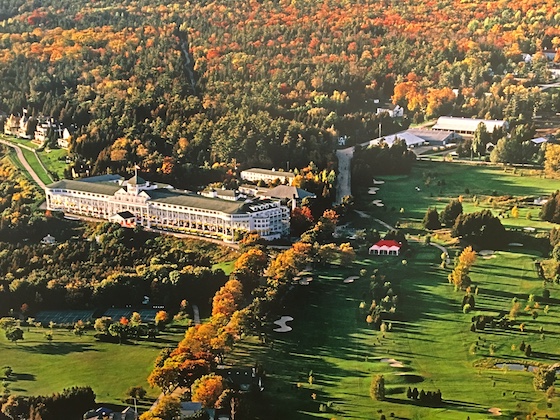There’s an old adage that says “focus on the worst-case scenario, because the best-case can take care of itself”. We agree with that statement 100%. When looking at buying an RV park, any smart investor will put much greater attention on potential problems than potential opportunities. So how do you do that effectively?
Occupancy and Revenue
The best way to approach the proposed revenue of an RV park is to take the last three year’s actuals and average them. If an RV park had revenue of $220,000 in year 1, $280,000 in year 2, and $300,000 in year 3, then the number you would use is $267,000. A bad buyer would simply use last year’s number of $300,000 going forward – and that would be wrong. You don’t really know if last year’s $300,000 number was the result of a growing demand from marketing, or simply blind luck, and will decrease back the next year. Averaging numbers is a much safer approach. On top of that, a smart buyer will add an additional buffer of 10% to 20% in potential revenue reduction in case of bad luck or bad weather, and see how the park performs under that potential scenario.
Debt
Interest rates are the lowest they’ve ever been in U.S. history right now. That’s great, but it can’t last forever. Smart buyers will model their purchase using higher interest rates, just in case that happens going forward. How high? Interest rates have traditionally been around 6% to 7% on commercial loans, so that’s about what you’d want to understand the impact of. However, even the worst pessimist can’t assume the Ronald Reagan rates of 10%+. The reason? When Reagan was President, the U.S. deficit was around $1 trillion. Today it’s around $20 trillion. When you’re the largest borrower in the world, you really can’t afford for interest rates to go up that much. Quantitative Easing is their weapon, and they will continue to manipulate markets with it so as not to have the U.S. go into insolvency.
Utilities and Expenses
Just as revenues are not fixed, neither are costs. Smart buyers will examine each line item to see what the possibility is of increase, as well as verify and average past costs to make sure they are accurate. And you could even put a degree of buffer on top of that.
Your health
Now let’s progress on to some worst case modelling on yourself. What would you do if you were suddenly killed, injured, or had a medical condition that would preclude you from working on the property? One solution could be “key man” insurance that would pay off your mortgage in the event of death. On the injury and health side, you need to model a succession plan, as well as a worst-case liquidation scenario.
Building the Matrix
Once you’ve thought through the worst-case scenarios, it’s important to build a matrix of the following possibilities and performance:
- Best-Case Scenario
- Realistic-Case Scenario
- Worst-Case Scenario
You want to model for the realistic-case scenario, be able to survive the worst-case scenario, and look at the best-case just for amusement. That’s what smart buyers do, and that’s why they’re smart.
Conclusion
It’s always a good idea to confront your worst-case scenarios and make sure that you can survive them. Although it’s a very low percentage shot that you’ll never need, the knowledge that you can handle the worst-case is extremely comforting.





